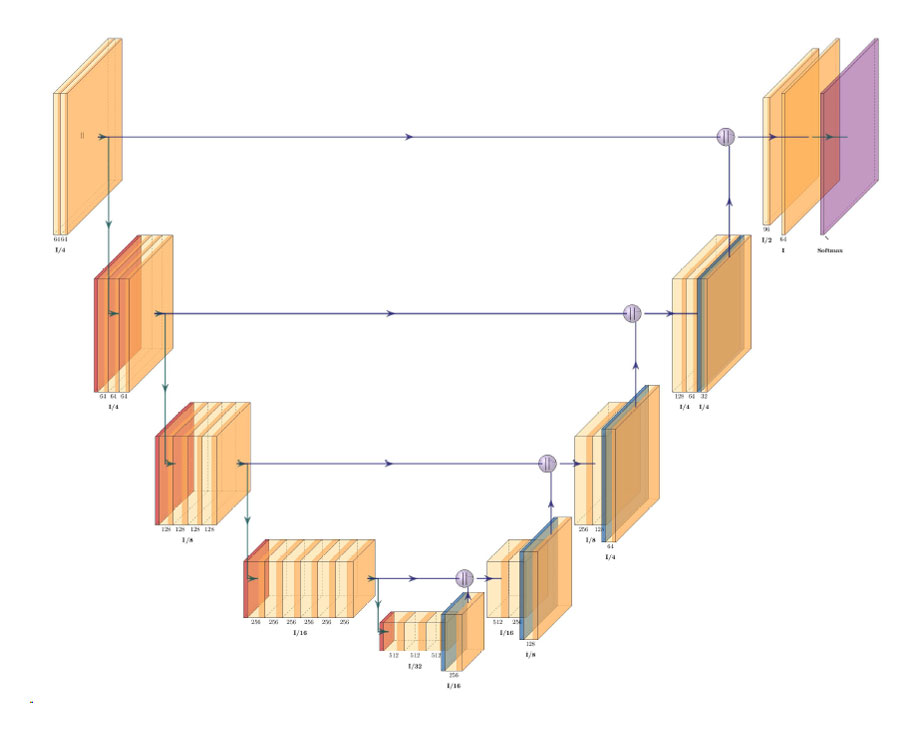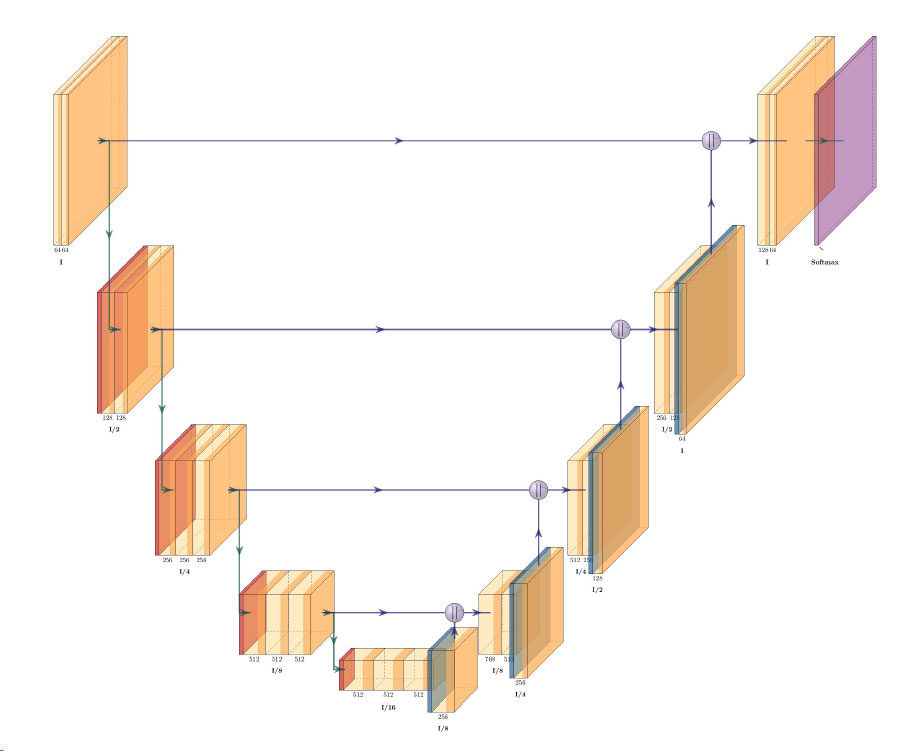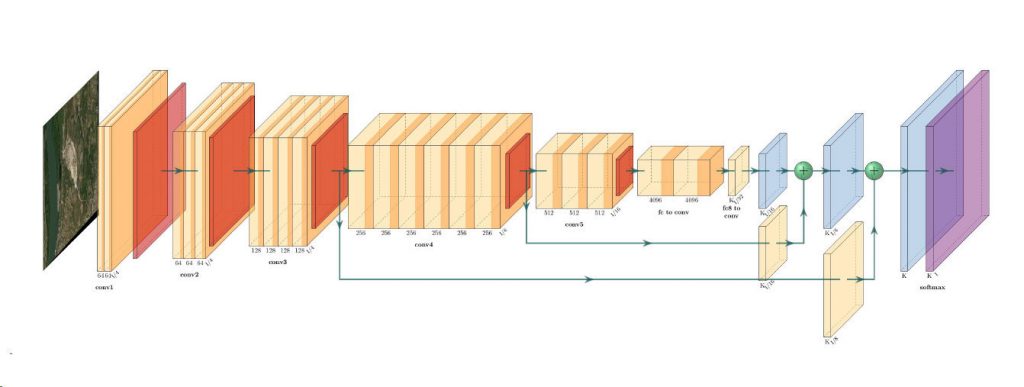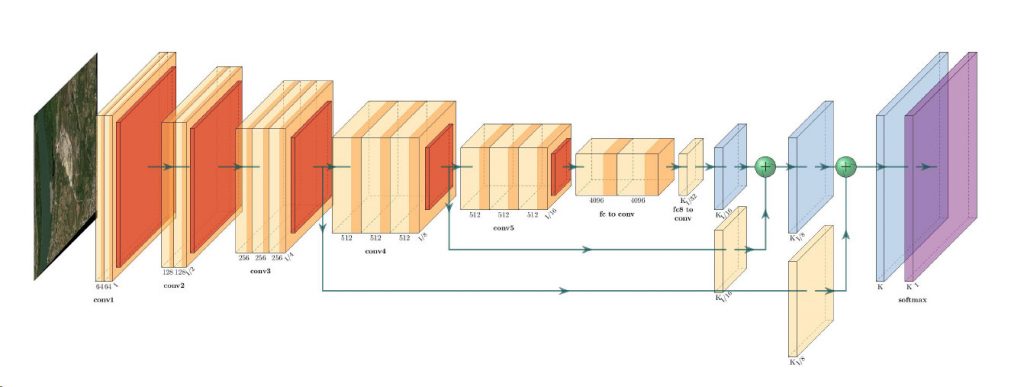Satellite Images of Morandi Bridge Collapse
- European Space Imaging
Satellite imagery supplied by European Space Imaging highlights the devastating extent of damage that was sustained to the Morandi Bridge as it collapsed during a violent storm on Tuesday.
Italian PM Guiseppe Conte has today declared a 12 month period of emergency as the death toll has risen to 39 people with a further 15 injured. Some 10,000 rescue workers are continuing to sift through the piles of concrete with sections of debris reaching three stories high in the search of finding remaining survivors. At least seven victims have already been pulled from the rubble alive. There are grave concerns that the remaining structure may collapse and this has lead to the evacuation of at least 630 people who reside near the bridge.
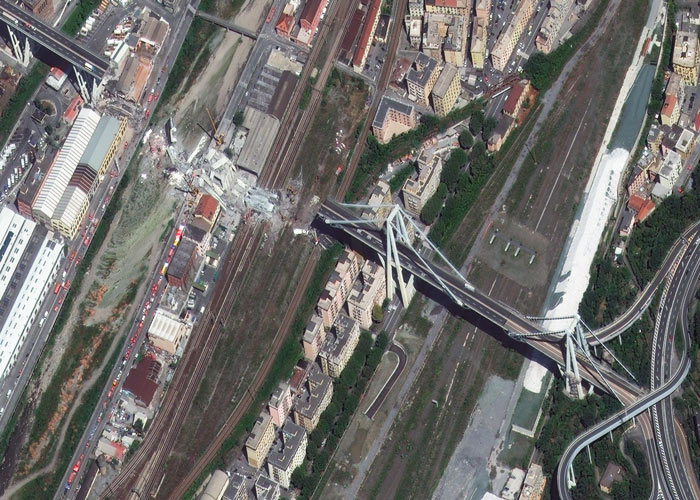
Satellite image at 30 cm resolution showing the collapsed section of Morandi Bridge in Genoa, Italy. The high quality of the data makes it possible to zoom in on the image and thereby identify the extent of the damage. 15/8/2018 by WorldView-4 © European Space Imaging
Due to the high resolution of the 30 cm satellite imagery released by European Space Imaging, we can identify a 300 meter convey of rescue vehicles at the rubble site along with a scattering of other vehicles around the perimeter totaling almost 100 vehicles. In addition several tent sites have been erected to service the crews and remaining survivors.
“Satellite Imagery is useful for first responders of any crisis to assess the scope of damage and get another view of the scene. It can also help to monitor and detect any changes that may be critical to minimising or even eliminating further catastrophe” said Adrian Zevenbergen, Managing Director of European Space Imaging. “The power of 30 cm resolution is that small objects can be identified making it an invaluable source of information for disaster management.”
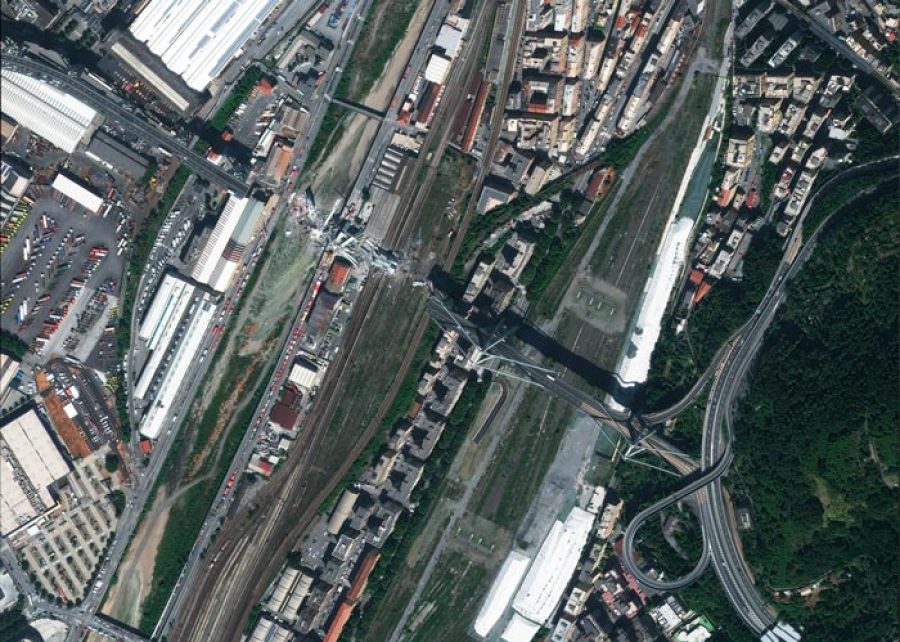
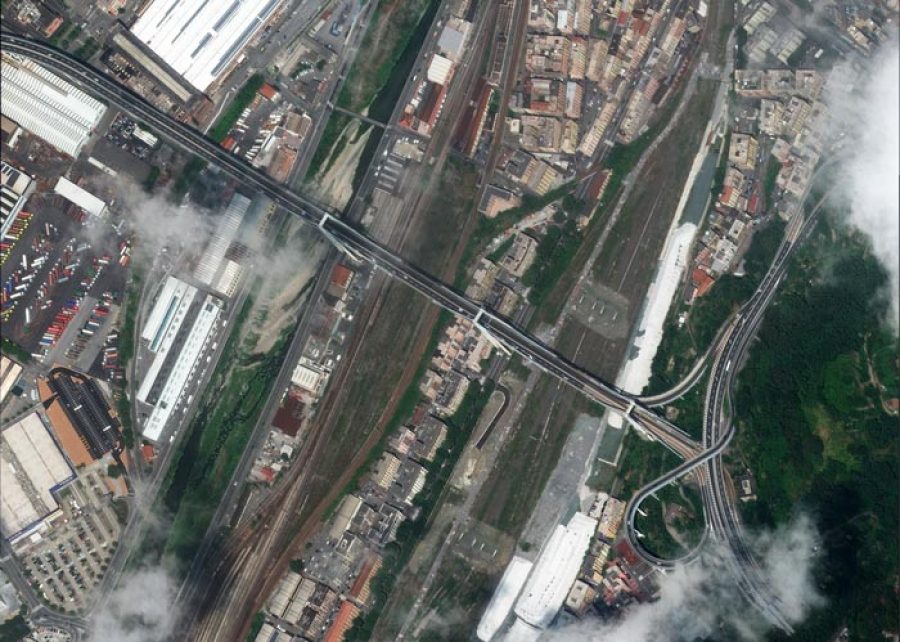
Satellite image at 30 cm resolution showing the full extent of the collapsed section of Morandi Bridge and surrounding disaster relief efforts in Genoa, Italy. 15/8/2018 by WorldView-4 © European Space Imaging. Morandi Bridge before the collapse at 30cm resolution. 8/07/2018 by WorldView-4 © 2018 European Space Imaging
Whilst the cause of the collapse is still unknown, disaster engineer experts can make use of very high resolution satellite images taken not only during the stages of rumble removal but also those captured before the collapse. Through analysis of the structural wreckage, experts can identify faults and weaknesses of the bridge that will assist their investigation to pinpoint and understand the cause of its constructional demise.
Related Stories
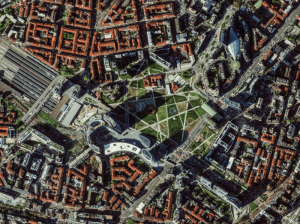
Europe’s Green and Digital Transformations with 25 Years of VHR Satellite Archive Data
Planning Europe’s future without knowing its past is impossible. The European Green Deal, Horizon Europe, the EU Biodiversity Strategy for 2030 and other policies all demand one thing: evidence. Not just today’s data, but years of history that show how our cities, forests, and coastlines have changed.
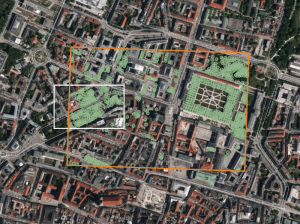
AI Uses 15 cm Satellite Images to Cut Costs and Increase Scalability in Forest Management and Urban Forestry
Forest managers across Europe face an impossible task: monitor millions of hectares with shrinking budgets while meeting increasingly strict EU environmental targets. But with the rise of AI and satellite technology, they now have new solutions at their disposal – smarter, cheaper, and more scalable – to monitor forest health, automate tree inventories, and plan sustainable logging. In this article, we introduce one of these solutions: an AI forestry algorithm developed by Arboair using 15 cm satellite data from EUSI.

GEOSeries: Extracting Insights From High Resolution SAR Imagery for Time-Sensitive Analysis
In this webinar, industry experts and advanced users of Umbra SAR data showcase how they transform SAR imagery into actionable insights in real-world mapping, monitoring and intelligence applications. See how NV5 and Umbra leverage ENVI SAR Essentials for advanced processing with time-efficient results, converting analytics into valuable intelligence.
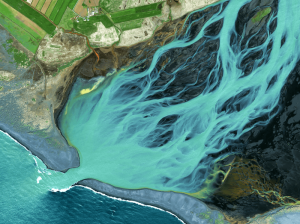
Using Satellite Imagery to Build Water Resilience Across Europe
Water across Europe is facing severe pressure. Climate change, urbanisation, agricultural demands and other sources of pollution are threatening water security and creating critical challenges that need to be addressed. We have to act quickly, build stronger systems and create sustainable water resilience practices – so that both natural ecosystems and human communities can thrive. Here is how satellite imagery from EUSI can help.


